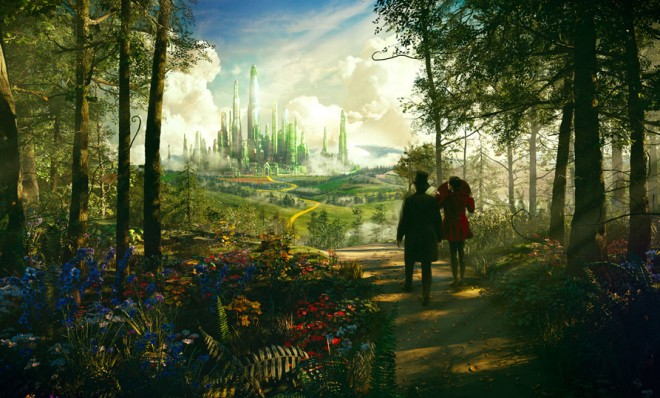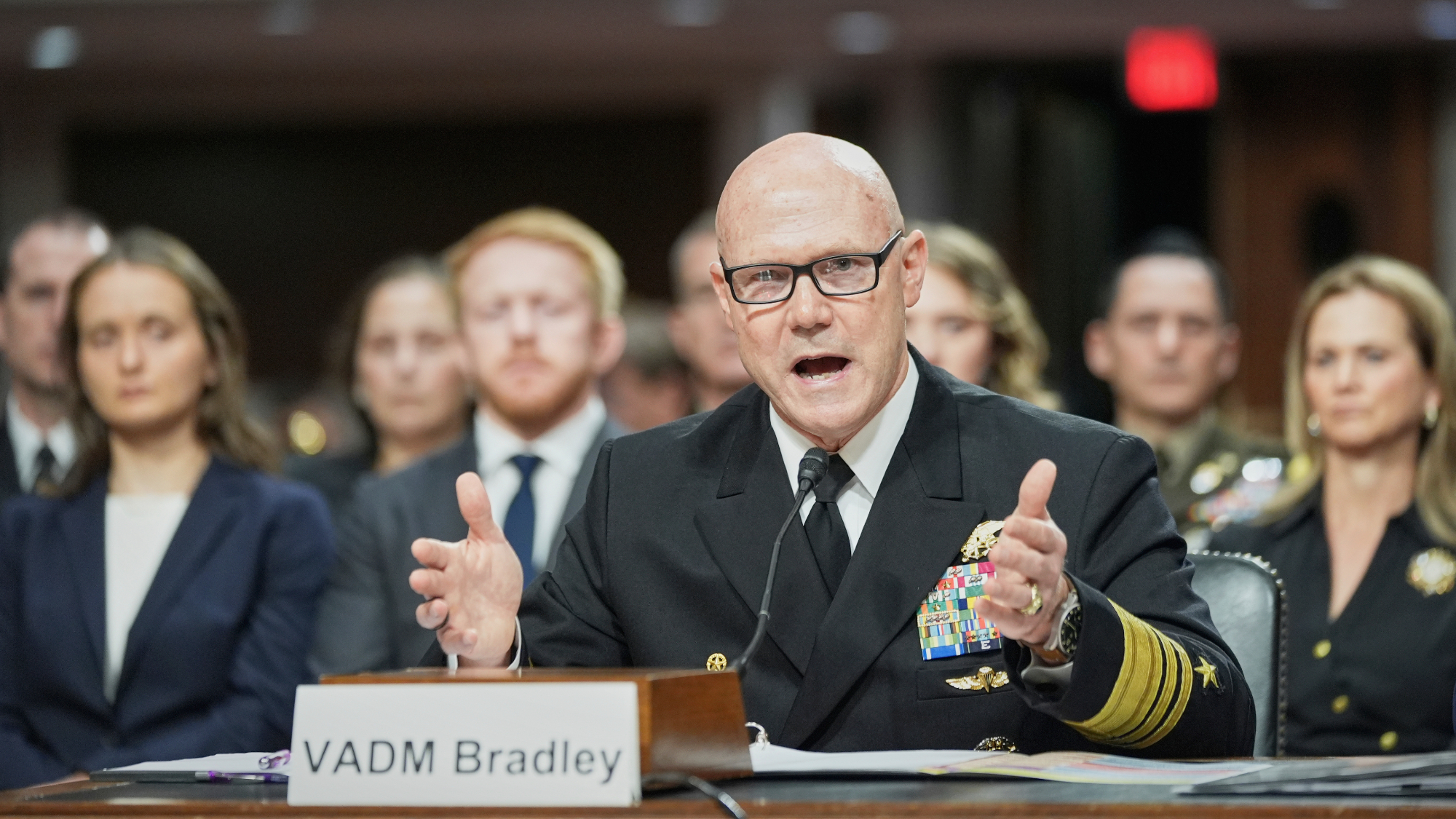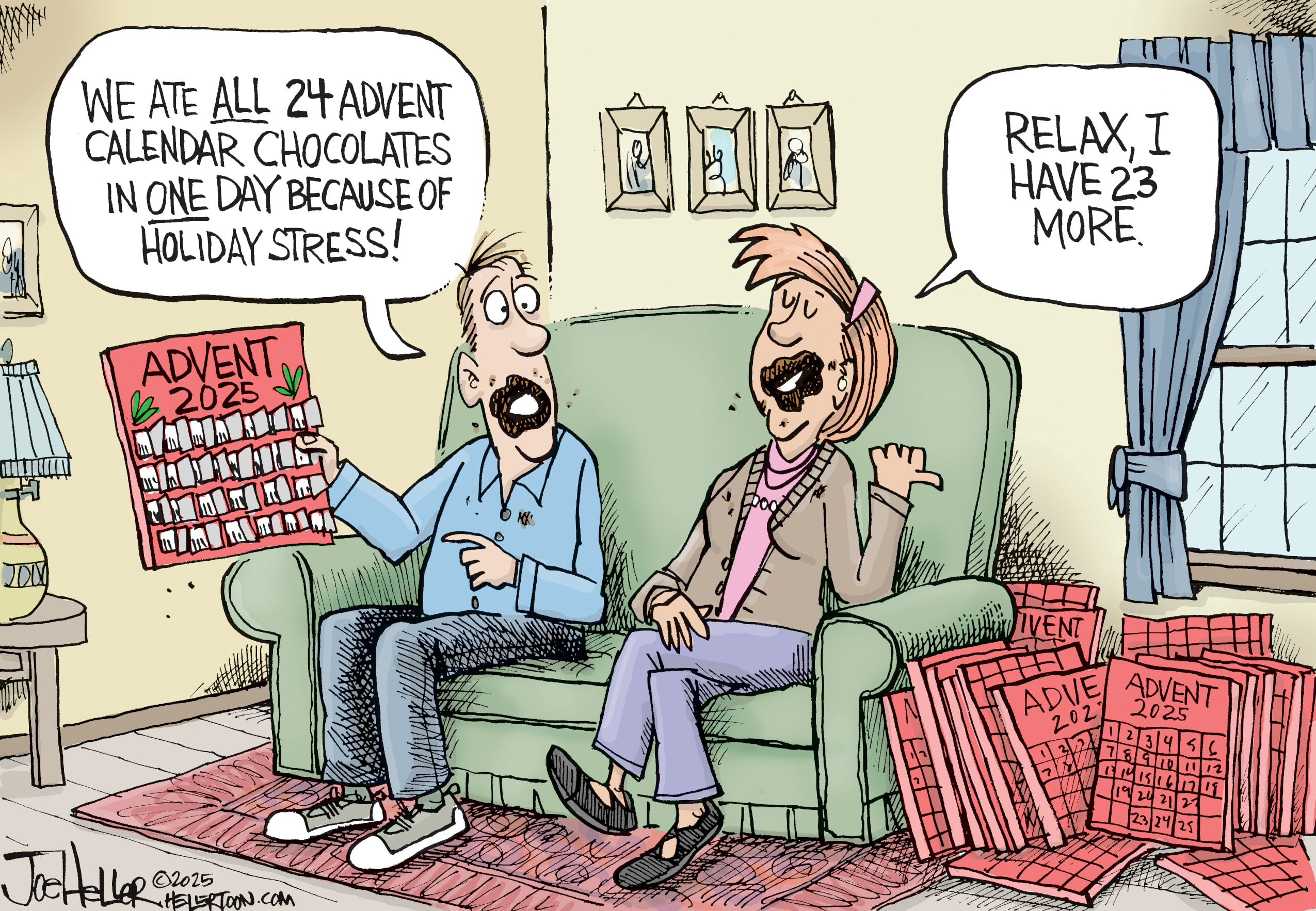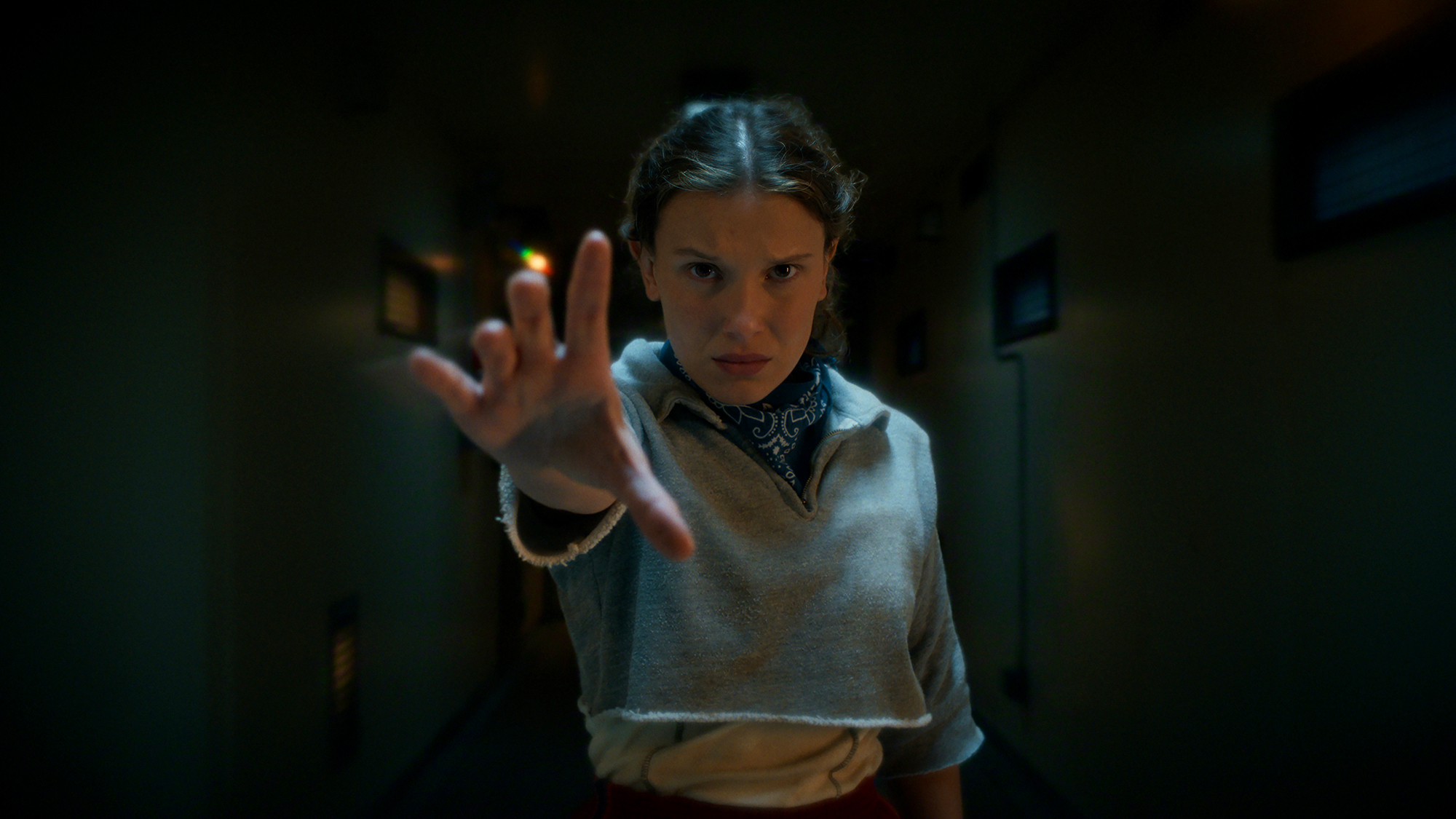Oz the Great and Powerful: Will Hollywood finally stop subversively retelling classic stories now?
Tim Burton's 2010 adaptation of Alice in Wonderland started the trend. Disney's new take on The Wizard of Oz may finish it

Oz The Great and Powerful, which hits theaters today, probably looks familiar. After all, who doesn't have at least a passing familiarity with 1939's The Wizard of Oz? (The new film is a prequel that delves into the wizard's backstory.) But the ubiquity of L. Frank Baum's magical world isn't the only reason Oz The Great and Powerful seems familiar. Indeed, today's release is just the latest film in a recent but popular Hollywood trend: Subverting, retooling, and reshaping fairy tales and classic children's stories for a new generation, often by adding a healthy dose of grit (and tens of millions of dollars in special effects).
This model has proved to be financially successful, though critical reception has been rather tepid. How did this trend begin, and where can it go? Here, a look at some of Hollywood's most recent and prominent adaptations of fairy tales and classic children's stories, and what they say about the genre's future.
1. Alice in Wonderland (March 2010)
The Week
Escape your echo chamber. Get the facts behind the news, plus analysis from multiple perspectives.

Sign up for The Week's Free Newsletters
From our morning news briefing to a weekly Good News Newsletter, get the best of The Week delivered directly to your inbox.
From our morning news briefing to a weekly Good News Newsletter, get the best of The Week delivered directly to your inbox.
Tim Burton's visually bizarre, narratively messy adaptation of the classic Lewis Carroll novel was panned by many critics for its lopsided narrative, its emotionless performances, and its deviations from its source material. (As Slate's Dana Stevens put it, "a film adaptation should, of course, treat its source material as inspiration rather than dogma. But did Burton have to get the books so entirely wrong?") But despite the critical backlash, the film was a smash hit at the box office, earning more than $1 billion — Burton's highest-grossing film ever. A variety of factors contributed to the film's runaway success, including the acid-trip pastels of the visual design, the star power of Johnny Depp, and the then-novel 3D effects — but it also showed that audiences were unexpectedly hungry to see familiar tales remade in newer, darker forms. Hollywood was quick to pounce.
2. Red Riding Hood (March 2011)
Coming on the coattails of the massive financial success of the Twilight franchise, director Catherine Hardwicke attempted to transform Charles Perrault's centuries-old fairy tale Little Red Riding Hood into a gritty, sexy, violent period piece complete with its own banal love triangle. The film was almost universally panned, with critics like Joe Neumaiaer at the New York Daily News saying Red Riding Hood made Twilight "look like Citizen Kane." That didn't stop the film from doubling its $42 million budget in ticket sales and becoming a minor success in its own right.
3. Mirror Mirror (March 2012)
A free daily email with the biggest news stories of the day – and the best features from TheWeek.com
2012 saw not one, but two Snow White adaptations brought to the big screen. The first was director Tarsem Singh's Mirror Mirror — a middling, kid-friendly adaptation that brought more visual flair than it did narrative depth. But despite earning mixed reviews with critics like the San Francisco Chronicle's Mick LaSalle, who described it as "hit and miss," Mirror Mirror grossed more than $160 million worldwide on an $85 million budget, and proved once again that global audiences had an appetite for fairy tale adaptations.
4. Snow White and the Huntsman (June 2012)
Mirror Mirror was for families, and Rupert Sanders' Snow White and the Huntsman distinguished itself as a grittier and darker take on the Snow White mythology by mixing the action of the Lord of the Rings films with the moodiness of the Twilight franchise. (They even scored Twilight's Kristen Stewart to play Snow). Critical reaction was decidedly mixed, with notables like The Hollywood Reporter's Todd McCarthy complaining about its "draggy mid-section and undeveloped characters." But once again, the film was a box-office hit, grossing almost $400 million worldwide. (Perhaps unsurprisingly, a sequel is already in the works.)
5. Hansel and Gretel: Witch Hunters (January 2013)
The successes of 2012 proved that offering reworked adaptations of familiar tales was still very much a lucrative business for studios, and 2013 kicked off with yet another example in Tommy Wirkola's comically dark, action-packed adaptation of the fairy tale Hansel and Gretel. The film, which followed the siblings in their adult lives as witch hunters, earned scathing reviews on par with Red Riding Hood, with The Village Voice's Stephanie Zacharek calling it "curiously humorless" and "cartoonishly bloody without being exhilarating." But despite the overwhelmingly negative reviews, the film still managed to pull in a hefty $180 million worldwide, tripling its $50 million budget and seemingly indicating that 2013 will be another lucrative year for fairy tale adaptations.
6. Jack the Giant Slayer (March 2013)
Just months after Hansel and Gretel: Witch Hunters defied critics with a major box-office upset, Bryan Singer's Jack the Giant Slayer, which spent nearly three years in production and ate up a monumental $300 million budget, may prove to be a sign that adaptations of classic, familiar tales have finally tired audiences. As with most of these adaptations, reviews were so-so at best, with Peter Rainer at the Christian Science Monitor shrugging it off as "not wonderful, not terrible." But unlike the films that preceded it, Jack has disappointed at the box office; though it's only been in theaters a week, its opening weekend — which is generally a film's strongest — grossed just $46 million, and it face stiff competition from Oz the Great and Powerful from here on out.
7. Oz the Great and Powerful (March 2013)
Oz the Great and Powerful — which resembles Alice in Wonderland more than any of the other films that have come in its wake —has a lot riding on it, with a $200 million budget and extensive marketing costs to be recouped. But critical reaction has been lukewarm at best. Much like Alice in Wonderland, Oz is smothered by its own narrative bloat and visual style, with a series of serviceable but unexceptional performances. Its gross this weekend will serve as a kind of litmus test: Will audiences turn Oz into an Alice-sized hit, or is the classic tale adaptation trend really over? Time will tell.
Matt is an arts journalist and freelance writer based in Washington, D.C. He has written about film, music, and pop culture for publications including Washington City Paper, The American Interest, Slant Magazine, DCist, and others. He is a member of the Washington D.C. Film Critics Association.
-
 White House says admiral ordered potential war crime
White House says admiral ordered potential war crimeSpeed Read The Trump administration claims Navy Vice Adm. Frank ‘Mitch’ Bradley ordered a follow-up strike on an alleged drug-smuggling boat, not Pete Hegseth
-
 Political cartoons for December 2
Political cartoons for December 2Cartoons Tuesday’s political cartoons include advent chocolates, Ali MAGA, and more
-
 Stranger Things, series five: ‘grander and gorier’ than ever
Stranger Things, series five: ‘grander and gorier’ than everThe Week Recommends The Duffer Brothers’ hit show returns for its ‘thrilling’ final season


